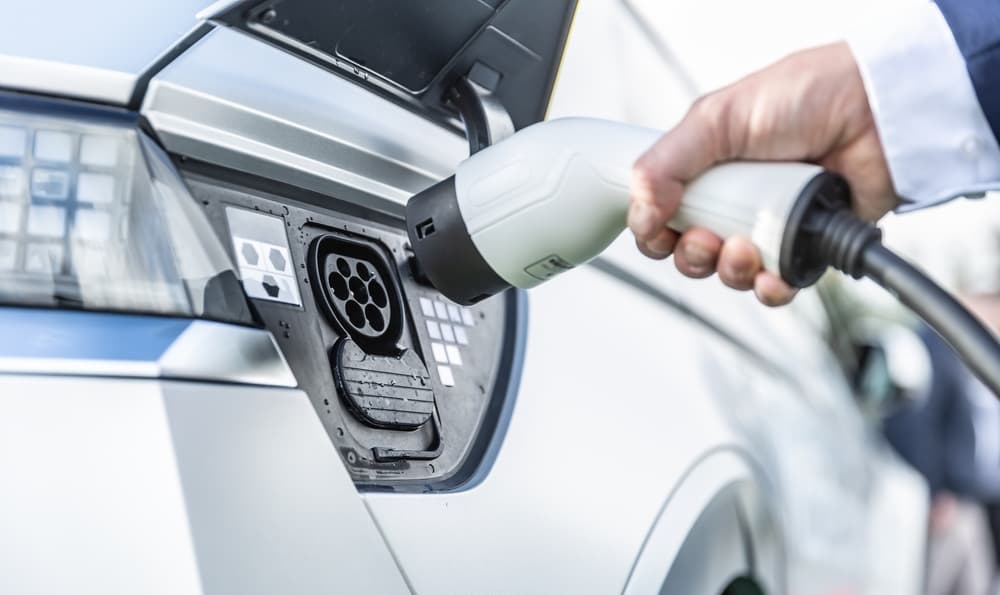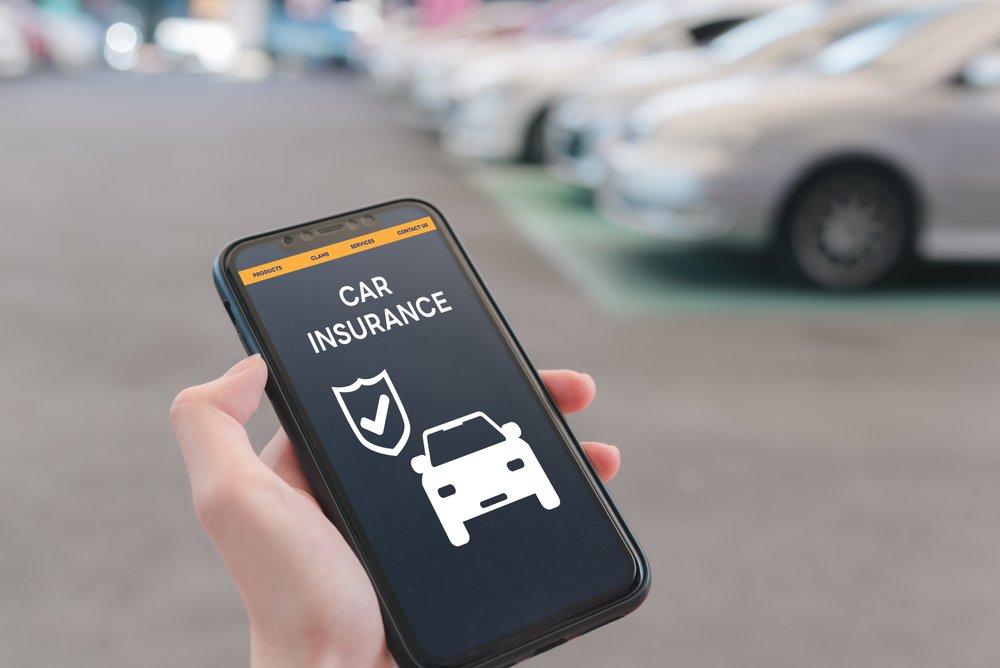Electric vehicles (EVs) are gaining traction across Texas, offering eco-friendly driving and lower long-term operating costs. However, insuring these cars presents unique challenges. Understanding how auto insurance for electric vehicles works in Texas can help drivers make smarter coverage decisions and manage expenses effectively.
Why EV Insurance Can Be Costly
Insurance premiums for EVs tend to be higher than for gasoline-powered cars. This is primarily due to the cost of parts and repairs. EVs rely on high-voltage batteries and advanced electronics, which are more expensive to replace if damaged. Even minor collisions may involve specialized components that require trained technicians, raising overall claim costs.
Limited repair networks also contribute to higher premiums. With fewer qualified shops and parts suppliers, insurers anticipate higher expenses and adjust rates accordingly. Vehicle value and advanced driver-assistance features also influence premiums, as replacing or recalibrating high-tech systems can be costly.
Texas-Specific EV Coverage Considerations
In Texas, EV owners must consider unique factors when purchasing coverage. Long commutes, common across the state, can increase mileage and influence premiums. Severe weather—hailstorms, flooding, and hurricanes—also poses risks, especially to sensitive EV batteries, making comprehensive coverage essential.
State law requires liability insurance, but EV drivers often find additional protections worthwhile. Collision, comprehensive, and uninsured motorist coverage help safeguard against costly repairs. Roadside assistance tailored to EVs is also beneficial, since specialized towing may be necessary for battery-related breakdowns.
Ways to Save on EV Insurance in Texas
Although coverage may be pricier, Texas drivers can still find ways to save. Comparing quotes from multiple insurers is key, as rates vary widely depending on how companies assess EV risks. Some insurers even offer discounts for eco-friendly vehicles.
Bundling home and auto policies with the same provider can reduce overall costs. Many insurers also reward safe driving records or participation in telematics programs. Installing safety features and using home charging systems can also positively affect premiums. Additionally, staying up to date with utility company programs can help offset insurance costs by lowering overall vehicle operating expenses.
Future of EV Insurance in Texas
The insurance market for EVs is evolving as adoption grows. As more repair shops become certified to service EVs and replacement parts become widely available, repair costs may decrease. This could lead to lower premiums in the future.
Texas is also expanding EV infrastructure, including public charging stations, which could influence coverage needs and insurer offerings. Over time, as insurers gather more data on EV performance and accident trends, policies will likely become more competitive and better tailored to drivers’ needs.
Are Electric Vehicles More Expensive to Insure
Currently, EVs do cost more to insure compared to traditional vehicles, largely due to specialized parts and repair requirements. However, the overall ownership experience often balances this out. Reduced fuel expenses, lower maintenance needs, and available state or federal incentives help offset higher premiums. As the market matures, the insurance gap between EVs and gasoline-powered vehicles is expected to narrow.
Preparing for the Future of EV Coverage
Securing the right coverage for an EV in Texas means balancing state requirements with unique vehicle needs. By exploring discounts, bundling policies, and staying informed about industry changes, drivers can protect their investment while enjoying the benefits of electric vehicle ownership.
For personalized guidance and affordable options, trust Pronto Insurance—contact us today to get the right protection for your electric vehicle.













